The beauty sector has put in a sparkling performance, with value up 6.1% on volumes up 4%. As the price war escalates, the sector has managed to avoid the deflation affecting the rest of fmcg, with shoppers increasingly prepared to splash the cash on premium goods.
An absence of discounters is one reason for this. “Shoppers continue to buy these products in the high street and are prepared to pay because there’s no cheaper alternative,” says Nielsen health & beauty manager Vitaliy Zhyhun. “There’s no hard discounter version of Boots.”
Questions remain over how much the discounters could disrupt the style-conscious world of cosmetics. Specialists such as Boots and Superdrug still account for 65% of the market, benefiting from store layouts based around individual counters. In recent years, some supermarkets have begun to replicate this environment in larger stores.
Clearly, image is still king in cosmetics, for brands as much as it is retailers. Nevertheless, a focus on price and convenience can help drive growth. For example, average prices are down slightly in lip cosmetics, the market’s strongest-performing sector, with sales up 10.2% on volumes up 11.7%. Lip cosmetics contributed £10.2m of the category’s £42.3m growth in the past year.
The performance was driven by Rimmel Moisture Renew and Maybelline Baby Lips, which have racked up £8m in growth between them in the past year after their respective launches in October and August 2013. Zhyhun puts the success of Baby Lips, a combination of lip balm and gloss down, to the lippy tapping an “unmet need” in the market for cosmetics that sit between categories together with its sub-£3 price point.
NPD, including Maybelline Superstay Better Skin (see below), continued to be important to the overall cosmetic category over the past year. Innovation contributed £56.2m to the category’s overall £737m value; while still significant, this was down on last year’s £64m.
On the back of a very strong year in 2013, nail cosmetic sales slowed down, contributing just £3.3m to the overall category growth, and volume dipped 3.4% as the novelty of nail art wore off, while a 6.9% rise in face cosmetics - the biggest sub-sector, translated to a £16.8m contribution to overall category growth.
A strong performance from Rimmel Stay Matte, driven by the addition of a primer, boosted face cosmetic sales, as did impressive growth from Max Factor Facefinity 3 in 1, buoyed by activity featuring Gwyneth Paltrow to mark Max Factor’s 100th anniversary. “This generated a ton of coverage in consumer media and highlighted the great value of these classic ranges for women,” says Elizabeth Caton, P&G commercial director for skin & cosmetics.
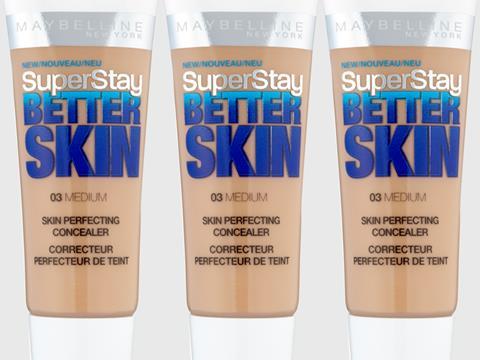
Top launch: Maybelline Superstay Better Skin Garnier
When it comes to facial cosmetics, the natural look is where it’s at. So says Garnier, which launched Maybelline Superstay Better Skin in January to try and help women look flawless for longer.
With its eight multi-tasking liquid foundations and two concealers, the brand says the range can give coverage for up to 13 hours. The launch has racked up £4.4m in incremental growth in the past year. Now that’s what we call a flawless performance.



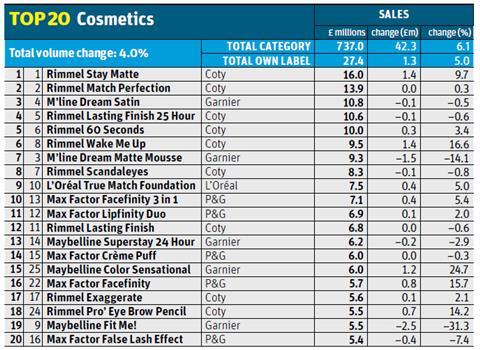
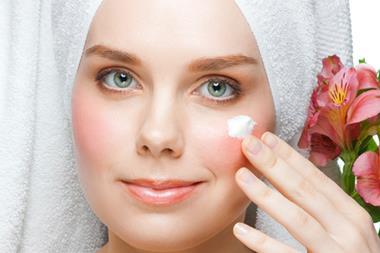
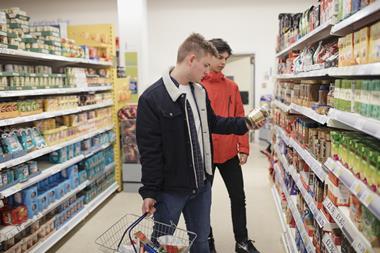
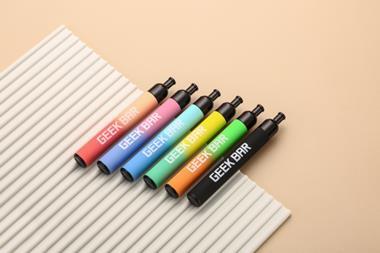
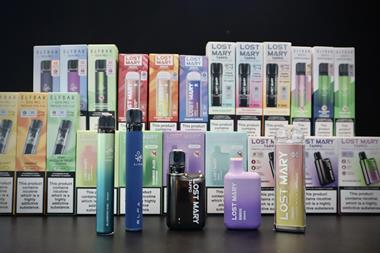
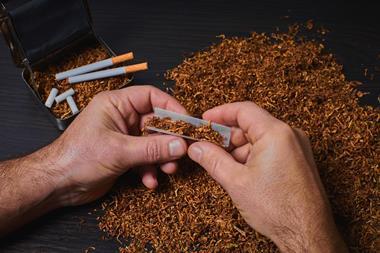

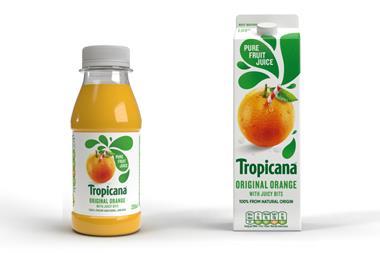

![Beans Face Off_RGB[18]](https://dmrqkbkq8el9i.cloudfront.net/Pictures/380x253/9/5/1/311951_beansfaceoff_rgb18_56926_crop.jpg)
![GettyImages-951635032 (1) [Converted]_0001](https://dmrqkbkq8el9i.cloudfront.net/Pictures/380x253/9/2/5/311925_gettyimages9516350321converted_0001_311144.jpg)

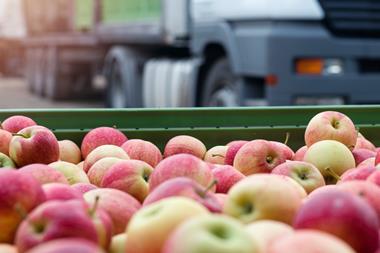
No comments yet